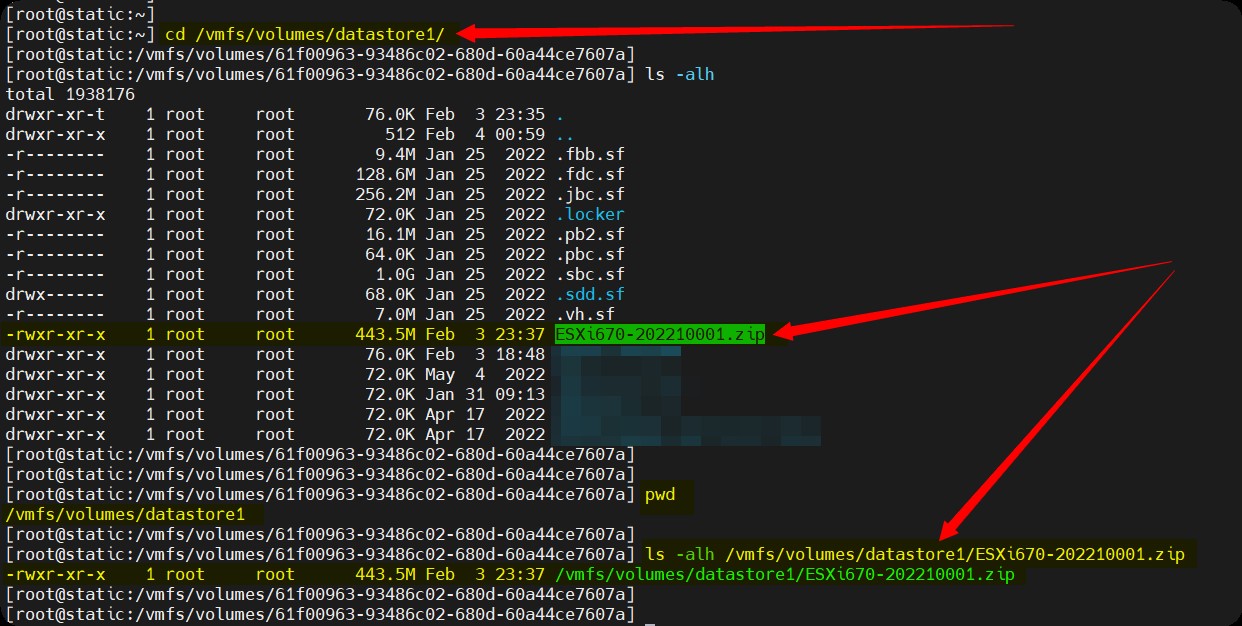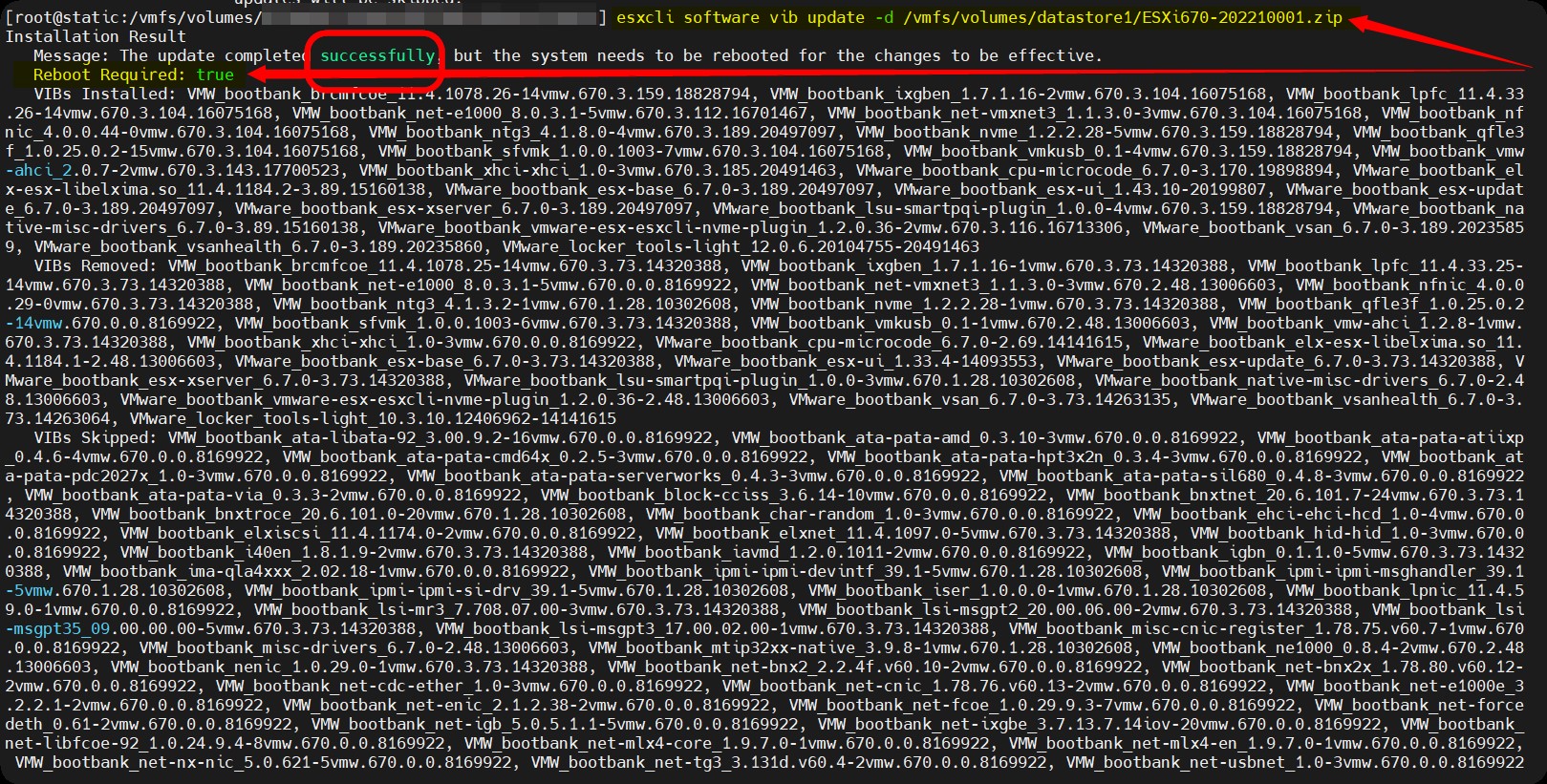Security bug of ESXi Args ransomware and solutions to fix it
ESXi is the latest version of the VMware Hypervisor software suite, which is independent of the operating system and is installed directly on the hardware. Bare Metal technology is used in this software and it provides the possibility to manage hardware and system resources. Using this software, you can create a virtual machine and also perform the process of assigning resources to the virtual machine. In fact, it can be said that ESXi controls and manages hardware resources among virtual machines. In the rest of this article, you will learn about ESXi and its installation steps.
ESXi is mostly used in organizations and managers can upload the necessary information through a configured file. VMware management software series can be used to manage ESX servers and other virtual servers based on it. One of these softwares is VMware vCenter Server, which provides professional management of several virtual servers from different ESX servers.
Another software is VMware vSphere, which is the best virtualization program in the world and provides users with many features through various tools. This software is considered a very advanced and professional operating system through which you can build public and private data centers and clouds. Most of the functions of the vSphere program, which is the most widely used in virtualization, require the version of vCenter, for example, functions such as: VMotion, Fault Tolerance, etc.
This software is compatible with other virtualization software such as Hyper-V, which has many advantages; Among the most important of them, the following can be mentioned:
- Costs are drastically reduced.
- Services are always available.
The types of virtualization software are:
- VMware
- Xen
- Hyper-V
- Virtuoso
Among all these software, VMware has provided good facilities and features.
It is worth noting that after all these softwares, it is now possible to manage ESXi through the web, and without installing the software, you can access its management space by just entering the IP address of the desired server.
Among the useful things that follow the definition of ESXi, we can say the difference between ESXi and ESX, which we will also tell you about in the definition of ESXi and its installation steps.
The difference between ESXi and ESX
VMware released ESXi after releasing version 4.1 of VMware ESX software in 2010. The latest version of ESXi is version 6.7, most of its differences with the previous versions are minor bug fixes. ESX licenses can be used for ESXi and on any server. Both of these are VMware hypervisors and have equal features. The main difference between the two is in the Service Console component, which is why VMware advised users to use ESXi after vSphere 4.1 was released.
In ESXi, there is a health status section, and the coloring of its management console is different. The network properties are configured in this way, so there is less error. Also, users use the remote command line instead of the console. Among other things, the installation and boot speed of ESXi is high, while the management and configuration of the firewall is better.
So, with the help of this system, virtual machines can be created and managed according to the amount and power of the hardware. Also, with a low cost, a large number of servers can be brought online and easily managed from anywhere.
Another important point is that depending on the number of virtual machines that are going to be uploaded on the server, as well as the amount of work and the type of work that needs to be done, the right server should be chosen.
ESXiArgs ransomware security bug
According to the observations made and the obtained news, many servers with Esxi virtualizer are now at risk of ESXiArgs ransomware.
This risk exists in all versions 5 and 6. The reason for this security bug is a service called OpenSLP.
In the first step, please close the unnecessary ports as soon as possible, limit the main ports to one IP, change all the access information of your server, and finally back up all the VMs.
The definitive solution to this problem is to install Esxi virtualizer security patches.
To install the ESXI security patch, proceed as follows:
1- Checking the server version to download the required version:
vmware -v
2- Temporary activation of SSH:
host > configuration > security profile > services > properties > SSH
Or in the new version, enable TSM-SSH in ADS (instead of IP, enter the IP of the server):
https://YOUR-IP/ui/#/host/manage/services
3- Login to SSH and enter the following commands:
cd /vmfs/volumes/datastore1/
4- According to the installed version, download one of the links:
http://dl.ded9.com/ESXi/ESXi600-202002001.zip
http://dl.ded9.com/ESXi/ESXi650-202210001.zip
http://dl.ded9.com/ESXi/ESXi670-202210001.zip

5- Then install the same downloaded version with the following command:
esxcli software vib update -d /vmfs/volumes/datastore1/ESXi670-202210001.zip
esxcli software vib update -d /vmfs/volumes/datastore1/ESXi650-202210001.zip
esxcli software vib update -d/vmfs/volumes/datastore1/ESXi600-202002001.zip

6- If a successful message is seen in the update, we will reboot the server.

7- After the server is up, you may not have access to SSH, to check the installed version through the web panel, you can check the installed version or activate SSH again according to step 2 and check the version entered in step 1 We have to type again to know the correctness of the update.











